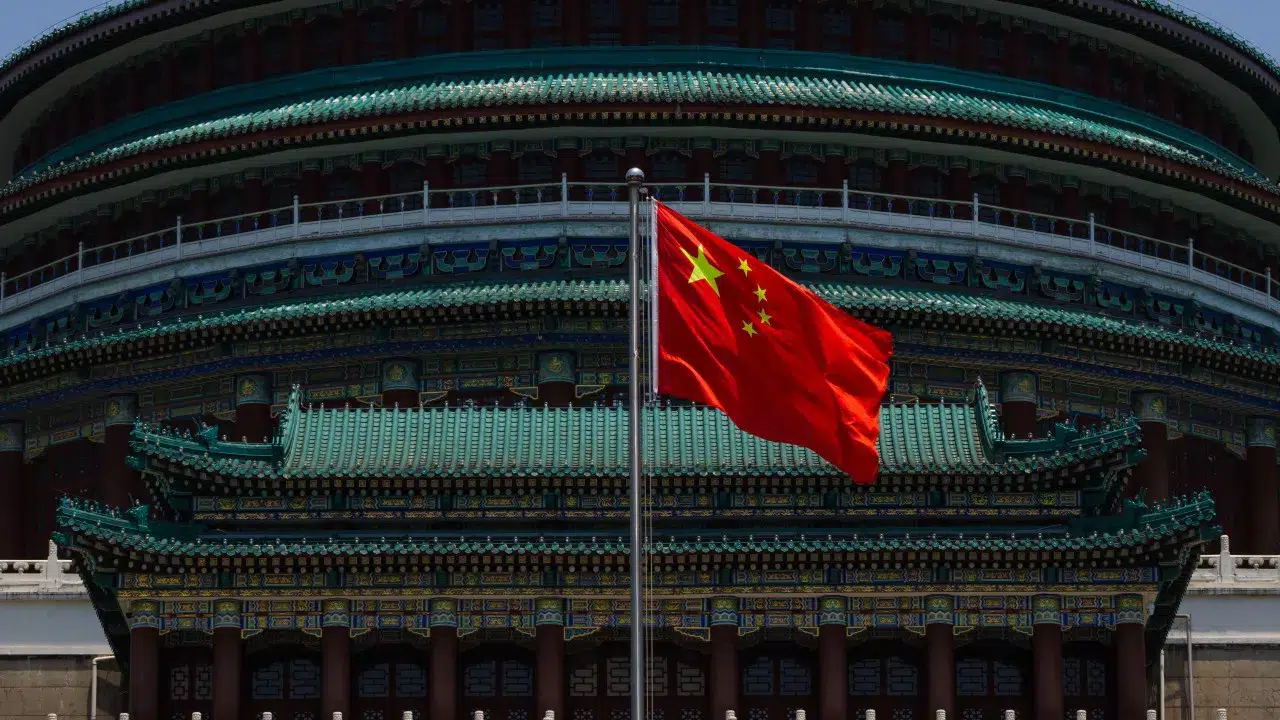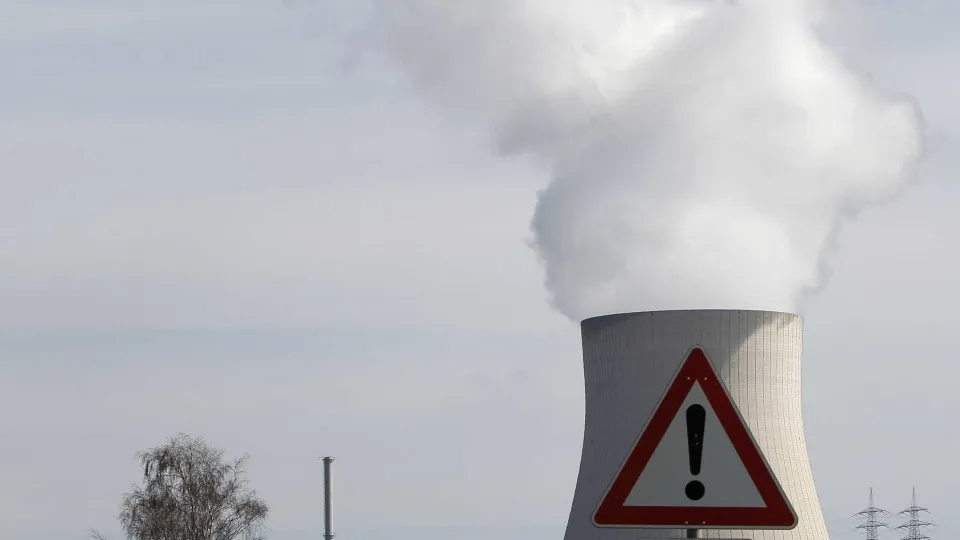
China is losing ground as a global powerhouse in the apparel sector, with South and Southeast Asia emerging as more competitive producers, according to a report by Coface.
“Rising labor costs, new environmental demands, and increasing regulatory pressure are weakening the Chinese model, which is based on large-scale production for Western brands,” Coface states in a communiqué accompanying the report “Reconfiguring Global Apparel Supply: Who Will Manufacture the ‘Made in China’ of the Future?”
The report, published this month, notes that China’s share of global apparel exports decreased from 54% in 2010 to 41% in 2023, indicating a declining trend for the Chinese giant as the world’s leading exporter.
Adding to these challenges is the protectionist rhetoric from the United States under President Donald Trump, who aims to diversify supply chains.
In light of these limitations on the Chinese market, countries in South and Southeast Asia, such as Bangladesh, Cambodia, Pakistan, and Vietnam, are emerging as more competitive due to low labor costs, established textile sectors, and growing logistical capabilities.
In the event of country-specific tariff effects, European countries like Albania and Georgia also gain prominence.
Nevertheless, China continues to maintain a dominant position in the intermediate stage of the value chain, with nearly two-thirds (63%) of global exports of semi-finished textile products, such as fabrics and footwear components.
“This global industrial reorganization will have significant impacts on trade geopolitics, production sustainability, and final consumer costs,” notes Coface, which points out that countries combining low costs with high standards of social and environmental responsibility will have a competitive advantage in a more demanding and regulated sector.




